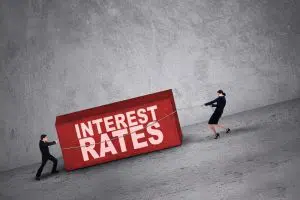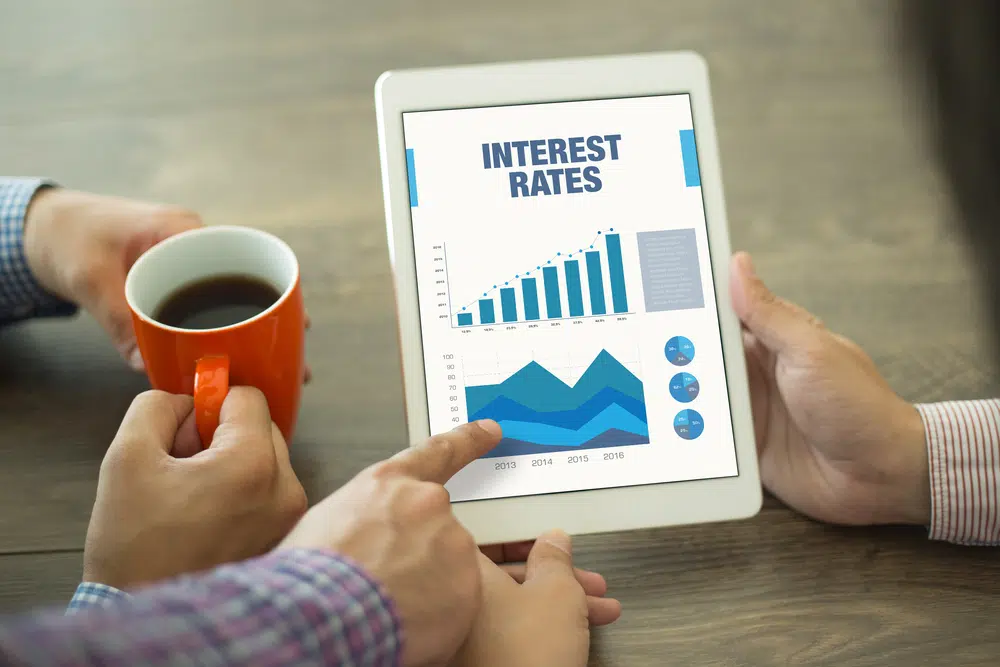While lenders often have the upper hand when it comes to setting business loan interest rates, there are proactive steps you can take to improve your chances of securing a favourable deal:
1. Improve Your Credit Score
Lenders evaluate both your personal and business creditworthiness when determining interest rates. To increase your chances of getting a lower rate:
- Pay off outstanding debts.
- Correct any errors on your credit report.
- Maintain a history of on-time payments.
2. Shop Around
The business lending market is competitive, with varying rates offered by banks, online lenders, and alternative finance providers. Comparing multiple options is essential for finding the best deal.
3. Consider Secured Loans
Offering collateral, such as property or equipment, can lower the perceived risk for lenders, typically resulting in better rates.
4. Demonstrate Business Stability
Lenders are more inclined to offer competitive rates to businesses that show:
- Strong cash flow
- Solid turnover
- A clear and sustainable growth plan
Using a Business Loan Interest Rate Calculator
A business loan interest rate calculator can be a valuable tool for estimating the overall cost of borrowing. Here’s an example:
- Loan Amount: £50,000
- Interest Rate: 7% APR
- Loan Term: 24 months
Based on these figures, your monthly repayment would be around £2,250, with total interest payable of approximately £3,600.
How to Really Save on the Cost of Borrowing
When comparing business loan interest rates, it’s crucial to consider more than just the APR. The total cost of borrowing is influenced by factors such as repayment terms, fees, and the flexibility of the financing option.
This is where merchant cash advances (MCAs) can provide a different approach to traditional loans. Unlike conventional options that often lock businesses into rigid repayment schedules and fixed borrowing amounts, MCAs offer greater adaptability by linking repayments to your daily card sales.
Here’s how MCAs stand out:
- Repay at Your Own Pace: With an MCA, repayments are automatically deducted as a percentage of your card sales. This means if business slows down, you’ll repay less, and during busier periods, you’ll repay more, making cash flow management easier.
- No Interest, Just a Fixed Fee: Instead of charging traditional interest, MCAs involve a fixed fee agreed upon upfront, offering transparency on the total repayment amount.
- Flexible Access to Funds: Once a significant portion of the advance is repaid, you may have the option to apply for additional funding, ensuring you can manage unexpected expenses or seize new opportunities without overborrowing.
This flexibility makes MCAs a compelling option for businesses that rely heavily on card sales and want a funding solution that adapts to their revenue flow.
FAQs on Business Loan Interest Rates
What is the typical interest rate for a business loan in the UK?
Business loan interest rates in the UK typically range from 6% to 15% APR, depending on the type of loan and the borrower’s financial profile.
How do secured loans differ from unsecured loans in terms of interest rates?
Secured loans tend to have lower interest rates, ranging from 4% to 20%, as they are backed by assets, reducing risk for lenders. On the other hand, unsecured loans usually carry higher rates, ranging from 6% to 15%, due to the higher risk for lenders.
What is the lowest business loan interest rate available?
Government-backed Start-Up Loans offer a fixed interest rate of 6%, making them one of the most cost-effective options for new entrepreneurs.



